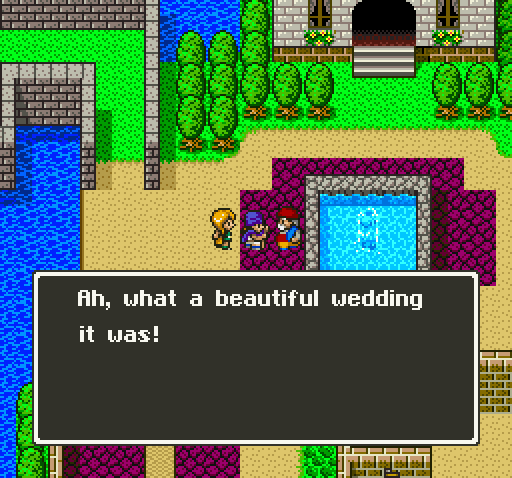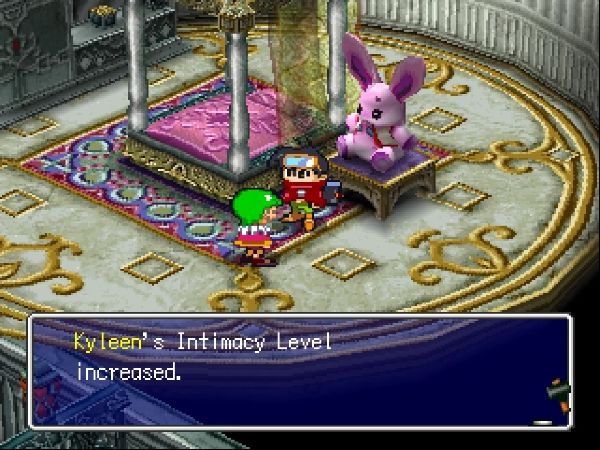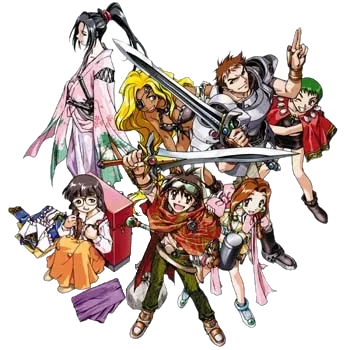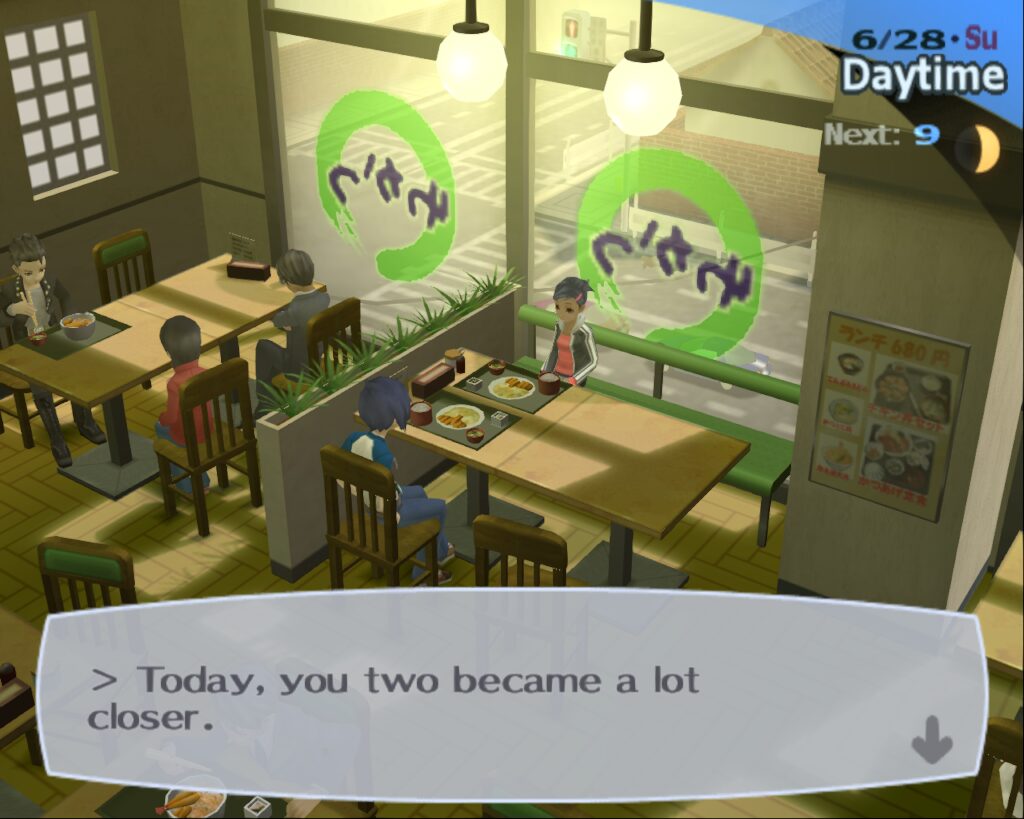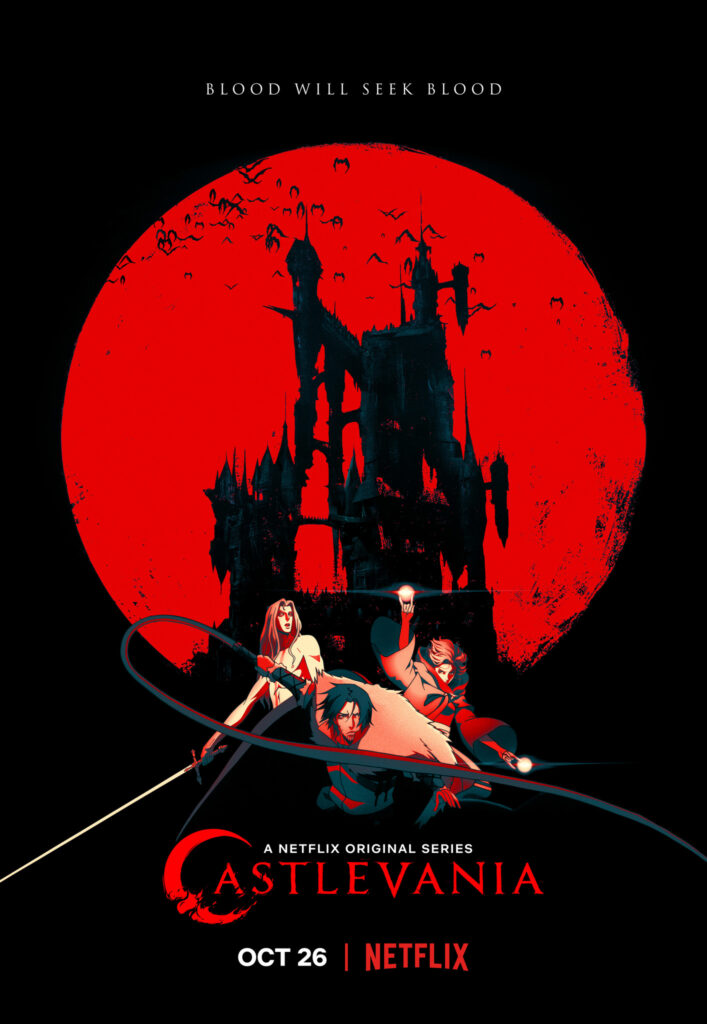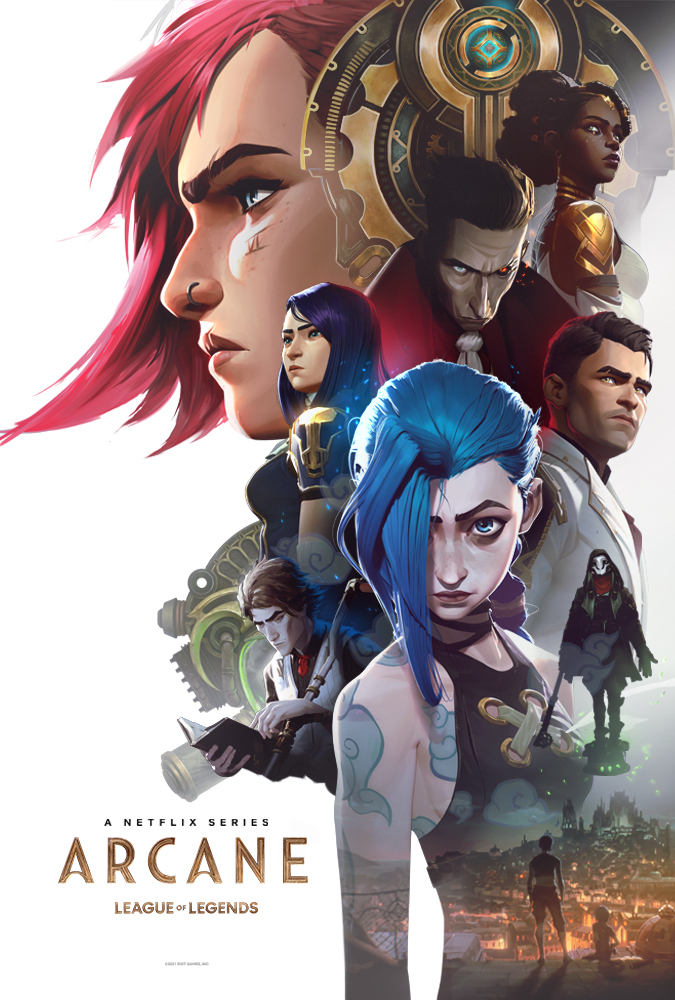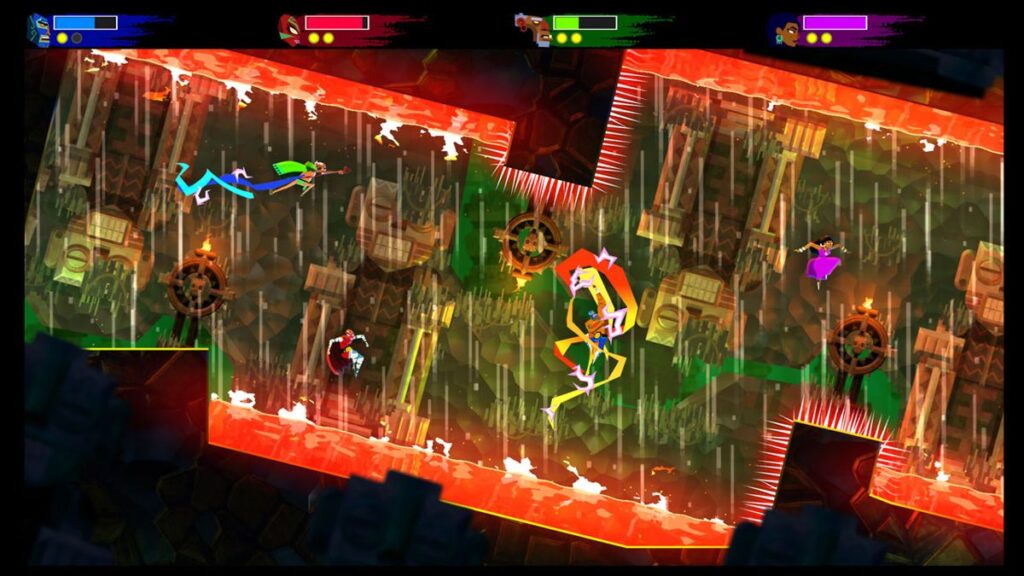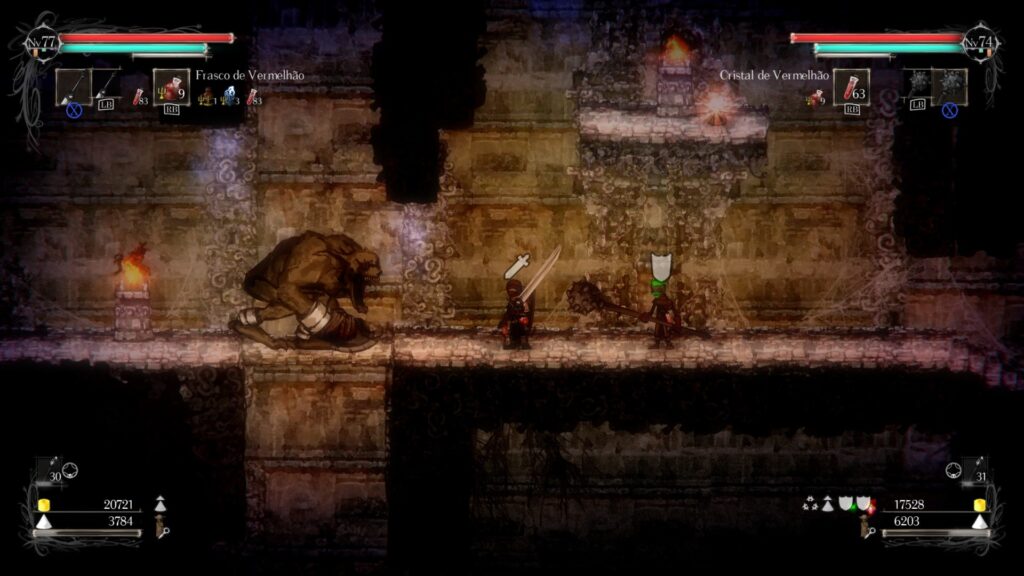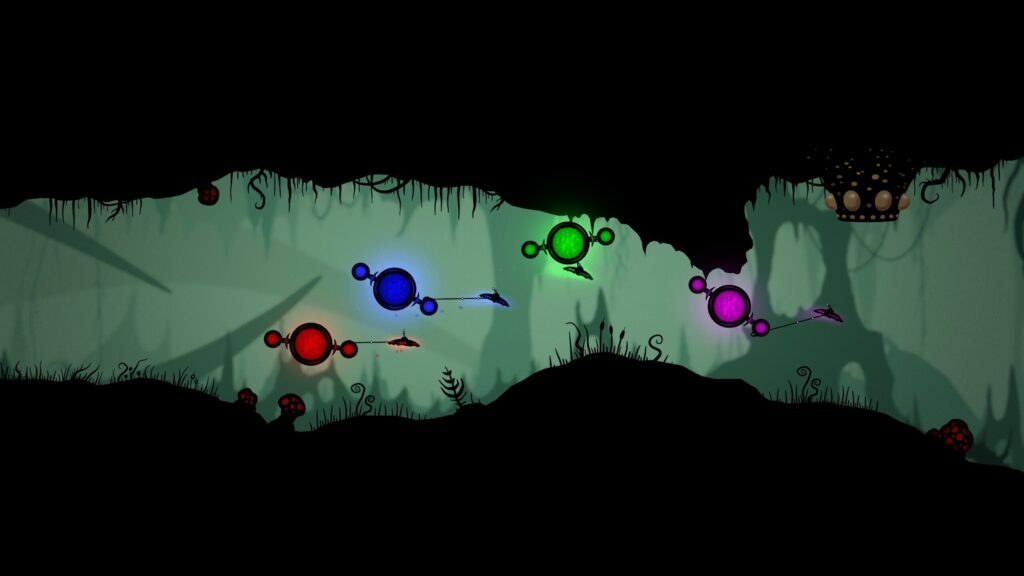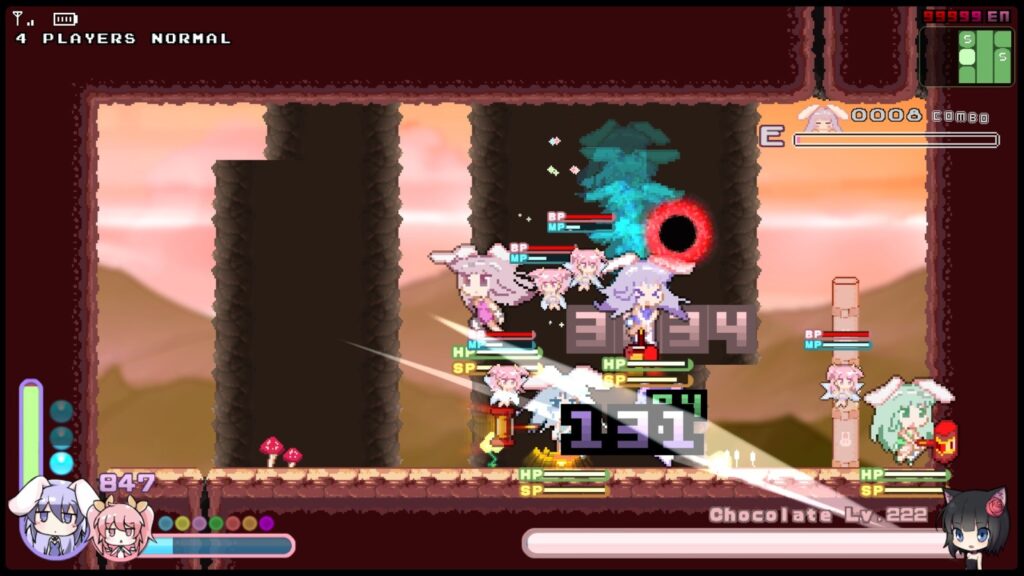Remakes have been around forever. The first JRPG to be remade might have been Dragon Quest, re-released (alongside its sequel) with redrawn graphics and rearranged music in 1994 as Dragon Quest 1+2.
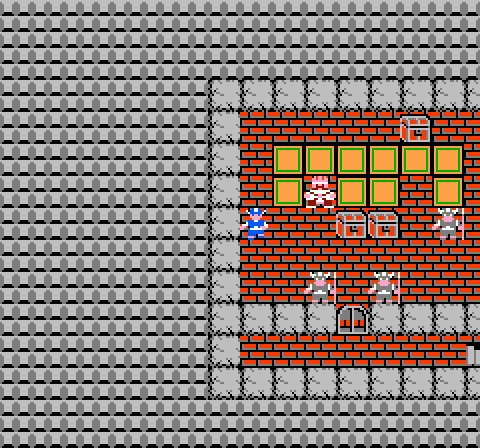
Starting the game in the king’s room of Dragon Quest on Famicom
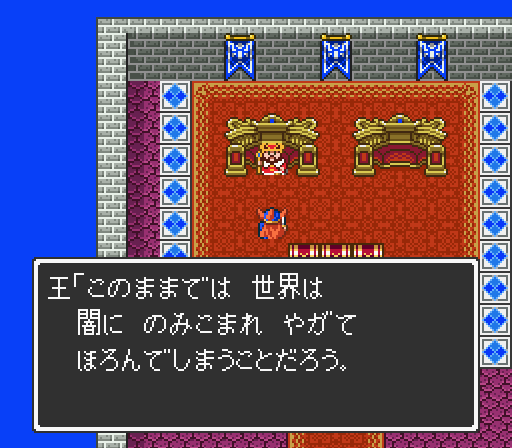
Starting the game in the king’s room of Dragon Quest 1+2 on Super Famicom
Perhaps we are inherently attracted to remakes. They are both familiar new, appealing to our love for what we know as well as our love for novelty. They are both nostalgic and modern, showing us our favourite situations and characters in sparkling high fidelity. The reason both Hollywood and the videogame industry love a remake is that we all do.

A remake doesn’t replace the original game. As I like to say, there’s only one JRPG that transformed the videogame industry in 1997, and that’s Final Fantasy VII (1997). Final Fantasy VII Remake isn’t that game, but it is an incredible new way to experience a similar story.
Not all remakes are this successful, but when a remake lands, it feels like a well-earned promotion to a classic game, like a Red Mage turning into a Red Wizard or a Thief into a Ninja. In this article we will talk through some of our favourite examples and what makes them work.

Final Fantasy III (DS) (remake of Final Fantasy III)
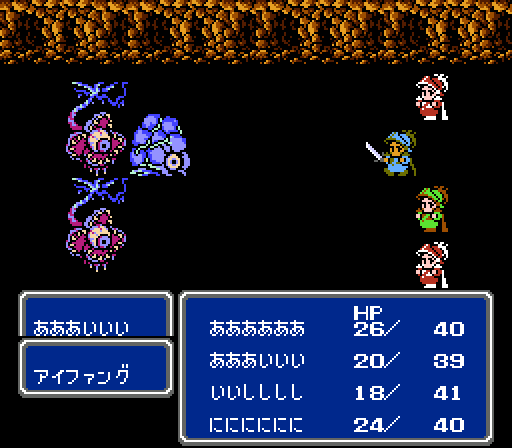
Battle screen in Final Fantasy III, Famicom
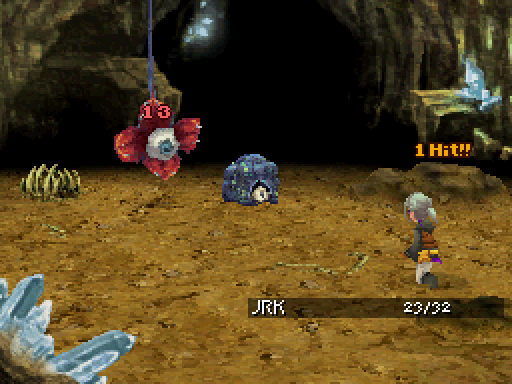
Final Fantasy III is not the most beloved game in the series, yet the remake has a special place in JRPG history. That’s because it’s a rare case where a remake has inspired a whole new series of games! Yes, the producer of the remake, Tomoya Asano, along with the development studio Matrix Software, went on to create an original Final Fantasy game with a similar art-style and a similar job system: Final Fantasy: The 4 Heroes of Light.
That led to the creation of Bravely Default, the next JRPG produced by Tomoya Asano. That’s a pretty impressive legacy for this remake, which is otherwise known for giving names, personalities and unique character designs to the four generic onion knights of the original game. There are other ways to play Final Fantasy III today, including the Pixel Remaster, but Final Fantasy DS will always have a special place in my heart.
Star Ocean: The Second Story R (remake of Star Ocean: The Second Story)
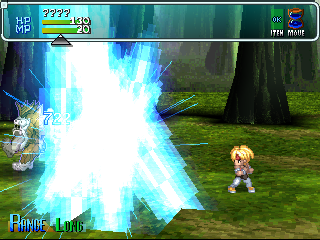
Battle screen in The Second Story, PS1
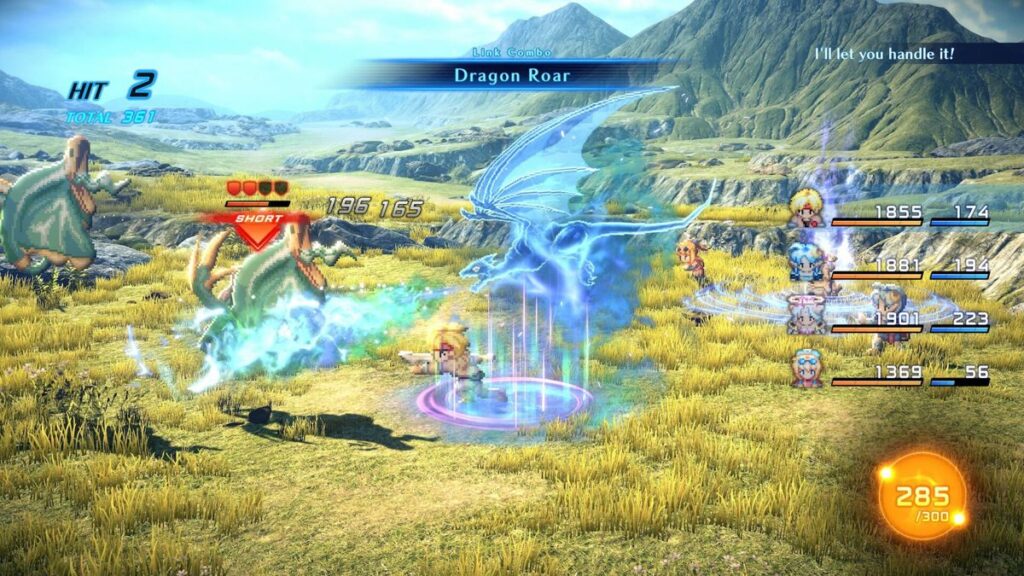
For a masterclass in upgrading user interface and user experience for a game’s systems, look no further than Star Ocean: The Second Story R. The original is mechanically rich but sometimes obtuse, with unclear (even misleading) descriptions of skills, items creation mechanics that aren’t explained in game, and a lot of RNG to grapple with. The remake, The Second Story R, not only brings the game up to date with modern expectations, but goes beyond, serving as an genre-wide exemplar in RPG Quality of Life features.
For those unfamiliar with the original, The Second Story places you in the shoes of Claude, a Federation officer stranded on a mysterious alien world. Here, you team up with Rena, a feisty young woman, to unravel an ancient prophecy and save her people. The narrative unfolds through a branching storyline, with key decisions influencing which party members you recruit and the overall trajectory of the plot. This replayability factor is a big draw for veterans, allowing them to experience the story afresh with different choices.
The remake changes a lot, but the core appeal is the same. The turn-based combat retains its satisfying complexity, while additions like a revamped skill system and adjustable difficulty ensure a smooth learning curve. Exploration is another highlight – towns bustle with quirky characters, while dungeons are filled with secrets to uncover.
Using the spites from the original game gives the game a unique 2.5d aesthetic. Everything else is new with the static backgrounds replaced with full 3D environments and all effects and menus made with modern technology. But those character spites from 1998 honour the original creation in an utterly charming way, crossing past and present. Isn’t that what a remake is all about?
Buy Star Ocean: The Second Story R on Steam
Trials of Mana (remake of Seiken Densetsu 3)
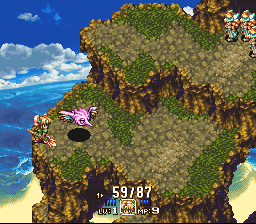
Exploring in Seiken Densetsu 3, SNES
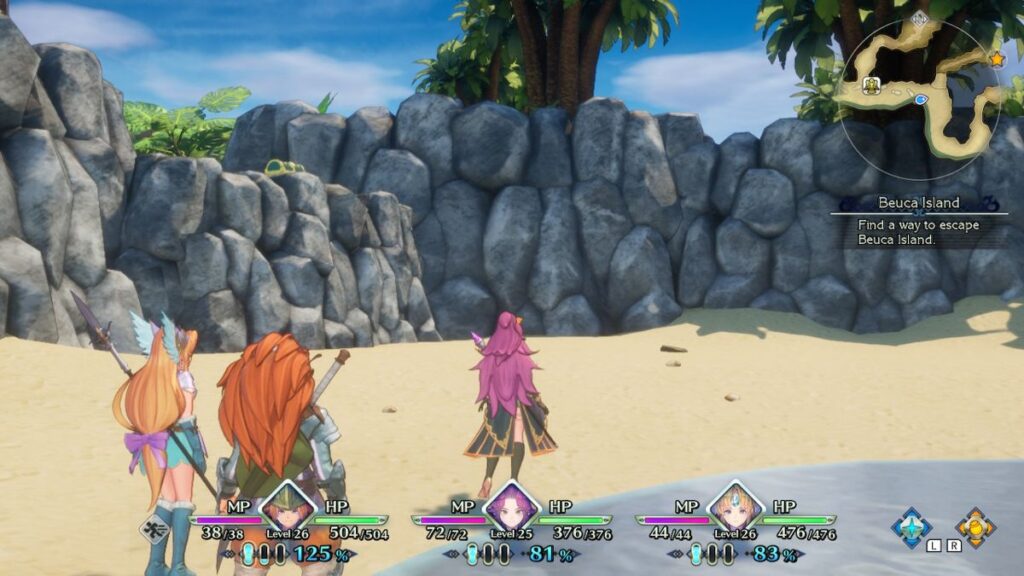
First released in 1995 for the Super Famicom under the name Seiken Densetsu 3, Trials of Mana holds a special place in the hearts of JRPG veterans. Ignored for a Western release for over two decades, the 2020 remake brought this gem to a global audience with a stunning 3D makeover.
The remake are all-encompassing, with even the perspective the game is played from changed, but what is most impressive about Trials of Mana is that is captured the spirit of the original perfectly. It boasts gorgeous visuals breathing new life into the locations and enemies. The soundtrack also receives a beautiful upgrade, with orchestral arrangements that faithfully represent the original compositions while adding a touch of grandeur.
For those looking for an entry point into the Mana series, Trials of Mana serves the role well. With its engaging story that unfolds from multiple perspectives – players choose three protagonists from a cast of six, each with their own unique storyline – and a combat system that’s easy to learn but rewarding to master, it shows off the best of the series has to offer. Furthermore, it seems to have breathed new life into the franchise by inspiring the creation of a whole new game, Visions of Mana (check out the trailer).
Ys: The Oath in Felghana (remake of Ys III)
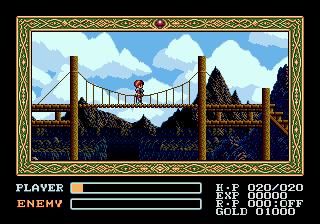
Exploring in Ys III
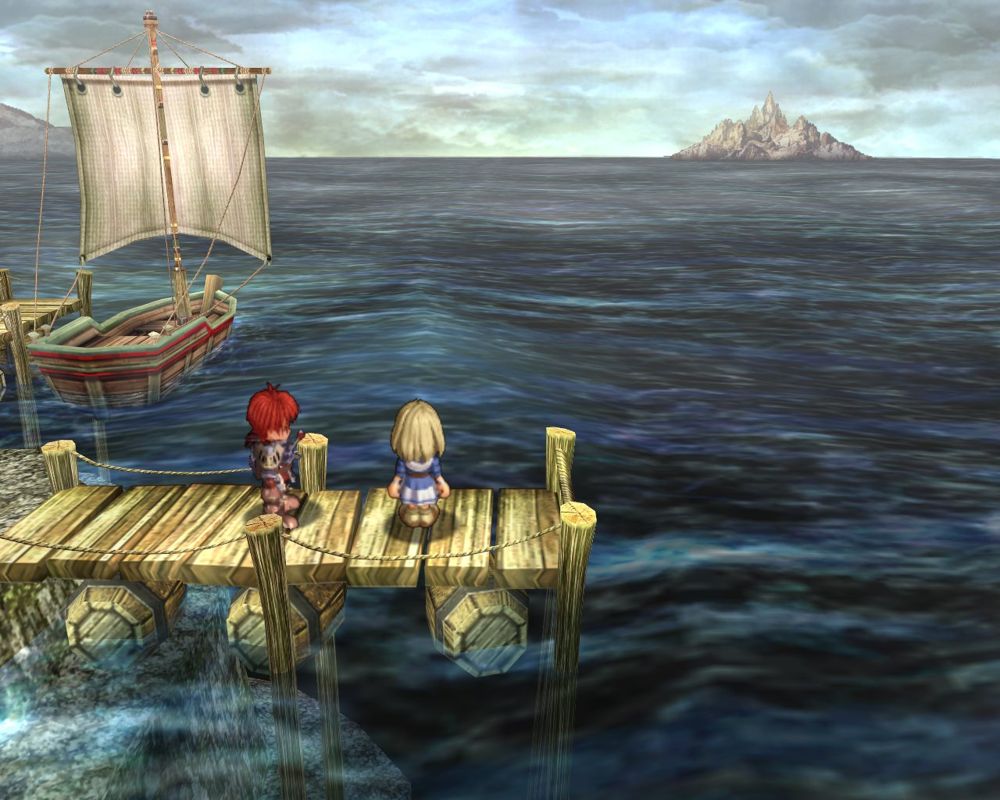
Ys: The Oath in Felghana stands out as a sterling example of how to do a JRPG remake right. This 2010 reimagining of “Ys III: Wanderers from Ys” revitalises the classic with a comprehensive overhaul, enhancing every aspect of the original while maintaining the core elements that fans cherish.
One of the standout features is the transition from the side-scrolling action RPG format of Ys III to a more dynamic, top-down perspective akin to “Ys VI: The Ark of Napishtim”. This change allows for smoother gameplay and more intricate level design, offering both nostalgic value and modern appeal. The combat system is significantly refined, combining fast-paced, hack-and-slash mechanics with RPG depth, providing an engaging experience for both veterans and newcomers. The game’s difficulty settings ensure it is accessible to casual players while still offering a challenge to those seeking one.
The combat system is significantly refined, combining fast-paced, hack-and-slash mechanics with RPG depth, providing an engaging experience for both veterans and newcomers. The game’s difficulty settings ensure it is accessible to casual players while still offering a challenge to those seeking one.
The narrative in “The Oath in Felghana” is more fleshed out than in its predecessor. While the original offered a straightforward storyline, the remake delivers a richer, more immersive plot with better character development and more dialogue. This deeper storytelling enriches the connection players have with the protagonist, Adol Christin, and his companion, Dogi, making their adventure more compelling.
Buy Ys: The Oath in Felghana on GOG.com
Final Fantasy VII Remake (Remake of Final Fantasy VII)
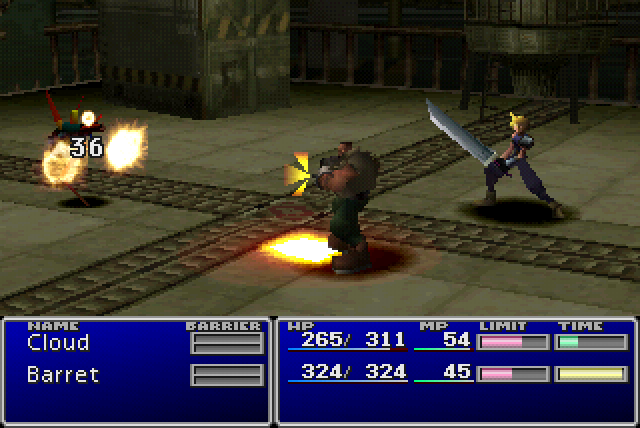
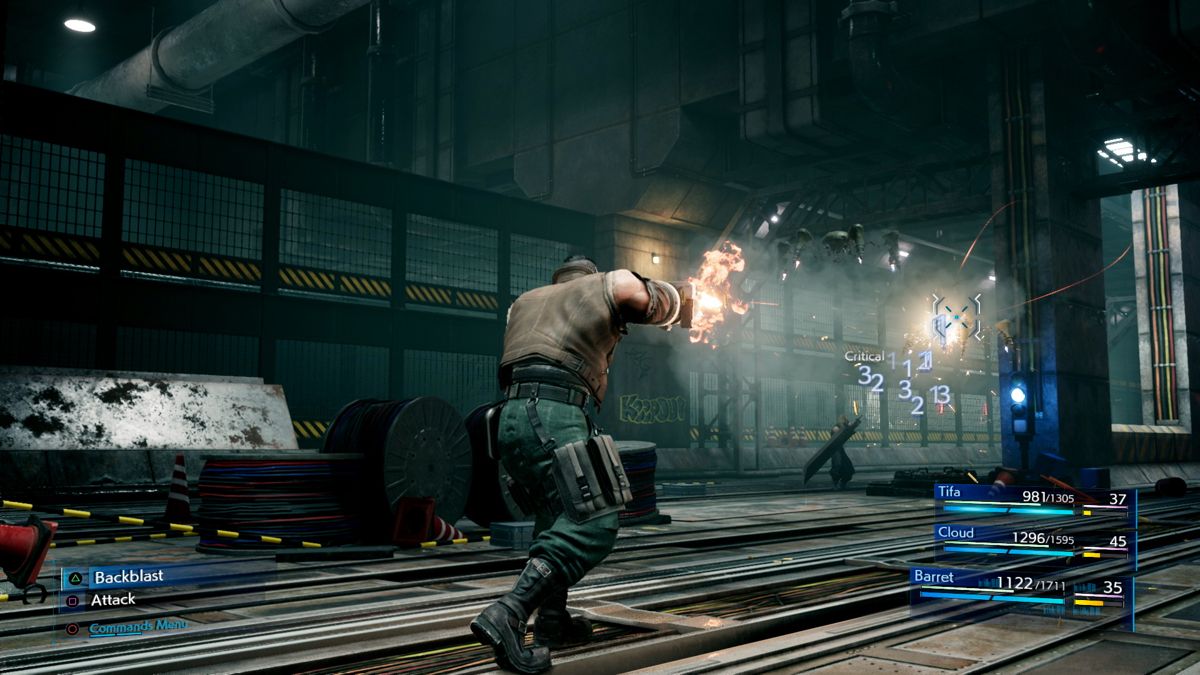
A record breaking remake in many ways. The best-selling remake, almost certainly. Most expensive remake, too. Final Fantasy VII Remake has been the topic of the most emotional conversions, both gleeful and disappointed, so if there’s an official record for that, Final Fantasy VII Remake would win that too.
Released in 2020, Final Fantasy VII Remake isn’t just a visual upgrade of the beloved 1997 classic. Square Enix took the bold decision to expand the first section of the original game into a full-fledged, multi-part experience. This remake breathes new life into Midgar, the sprawling metropolis where the story begins. Familiar locations like Wall Market and the Sector 7 slums are transformed into detailed, multi-layered environments teeming with life.
The remake offers a delightful nostalgia trip. Iconic characters like Cloud Strife and Tifa Lockhart are meticulously recreated with stunning visuals and full voice acting, adding new depth to their personalities. The core story beats remain, but the narrative is fleshed out with additional scenes and character interactions, enriching the world and relationships.
But that’s not to say this remake got a universal stamp of approval from fans. Many detested the change away from turn-based combat, and others described the divisions from the original story. What will this game be to you: betrayal of the original, or masterpiece in its own right?
Final Fantasy VII Remake on Steam
Hyperdimension Neptunia Rebirth 1 (remake of Hyperdimension Neptunia)
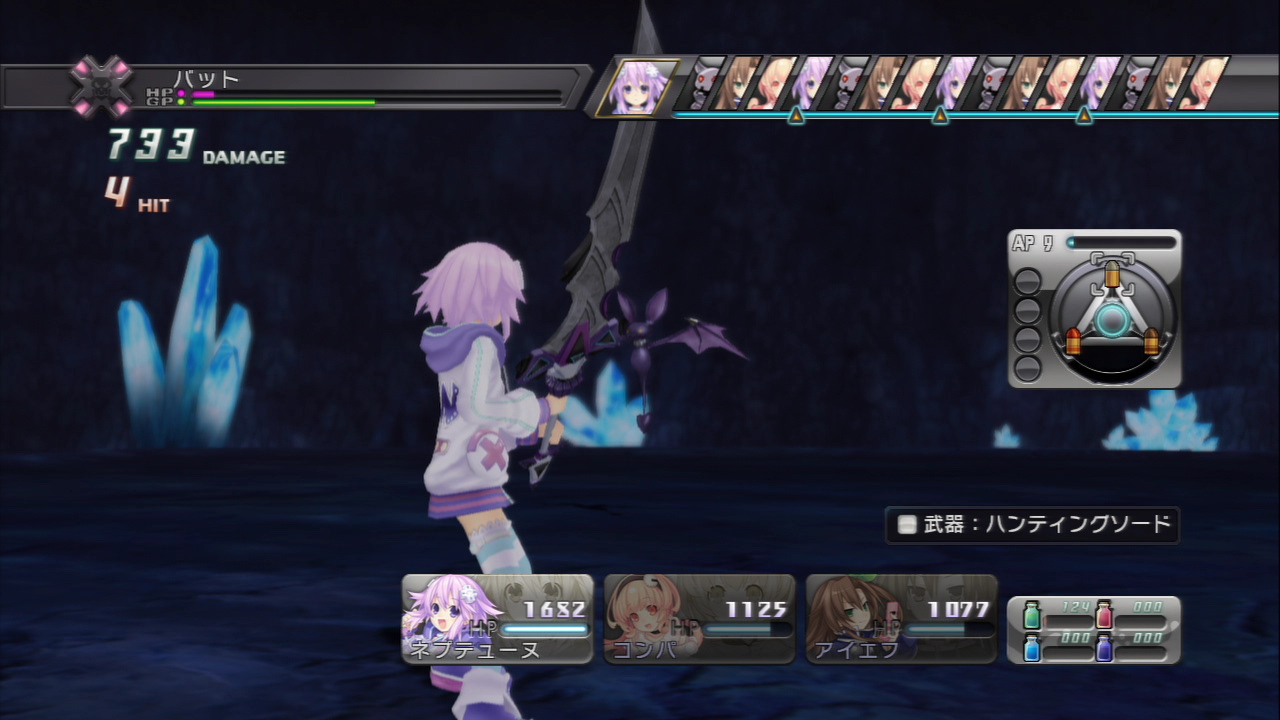
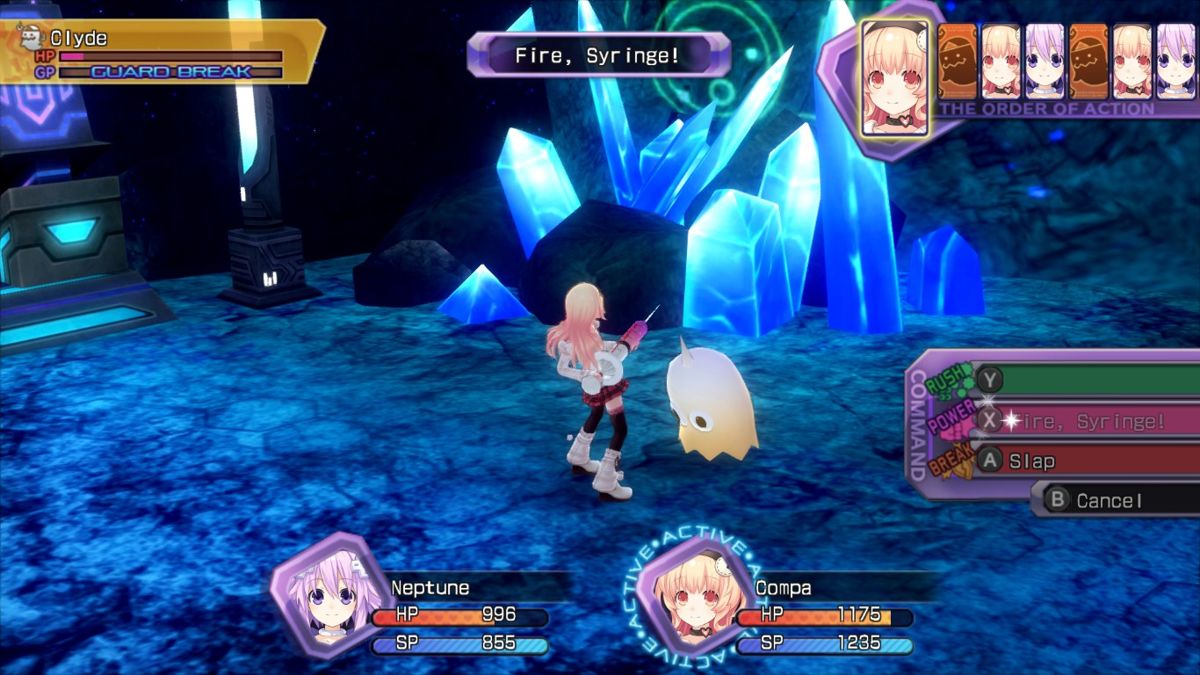
Only 3 years and 2 months after the original is a rather quick turnaround for a remake, but the Hyperdimension Neptunia series is certainly odd in various ways. The narrative revolves around Neptune, a self-proclaimed CPU (Console Patron Unit) trapped in a world where video game consoles manifest as personified goddesses. This satirical take on the console wars throws plenty of shade at industry giants, making for a knowing wink to players familiar with gaming culture.
Re;Birth uses a common tactic that reliable improves the experience over the original: borrowing mechanics and features from later entries in the series. The original’s cumbersome world map with moving continents is replaced with a more user-friendly static map. Combat receives a significant upgrade with faster pacing, combo-focused attacks, and a more intuitive menu system. These changes don’t erase the core gameplay – but they do make the experience significantly smoother for both returning players and newcomers.
Equally important for any remake, Re;Birth ditches technical limitations of the original platform. boasting a complete graphical overhaul. Character models are sharper, environments more detailed, and combat effects flashier. What doesn’t change is the original’s quirky charm.




